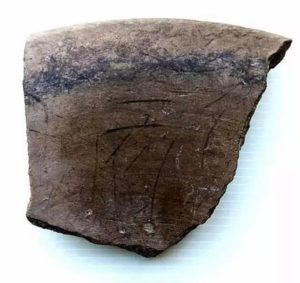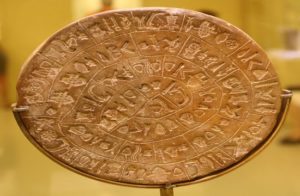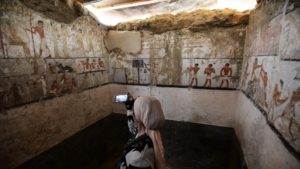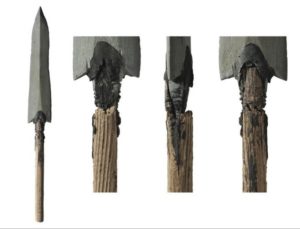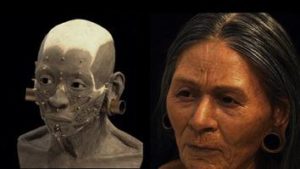 Last month, the National Geographic reported that scientists have used 3D technology to reconstruct the face of a “Huarmey Queen” centuries after the noblewoman lived and died in Peru. The reconstruction of the queen’s face is based on her 1,200-year-old remains. It took specialist Oscar Nilsson 220 hours to complete the project.
Last month, the National Geographic reported that scientists have used 3D technology to reconstruct the face of a “Huarmey Queen” centuries after the noblewoman lived and died in Peru. The reconstruction of the queen’s face is based on her 1,200-year-old remains. It took specialist Oscar Nilsson 220 hours to complete the project.
The scientists report that the Queen’s skull after removal from the tomb was scanned and a 3-D model was printed to serve as the basis for the reconstruction. They then inserted pegs in the skull to represent facial tissue depth. It is important to know that tissue depth is determined by age, gender, build, and other factors. They then modeled the facial muscles with clay. The scientists had also discovered copies of golden ear spools in the tomb which were then inserted in the ears. Additional clay was then used to model fat and skin on top of the facial muscles. In addition, for authenticity, the reconstructed face was then even surrounded by hair from an elderly Andean woman, which was purchased at wig-supply market in Peru.
This project display that some 1,200 years ago, a wealthy noblewoman, who was at least 60 years old, was laid to rest in Peru and as all noble families did at the time she was richly provisioned for eternity with jewelry, flasks, and weaving tools made of gold in her tomb.
The tomb had been discovered by archeologists, led by Peruvian archeologist Roberto Pimentel Nita and National Geographic grantee Milosz Giersz in 2012. The tomb El Castillo de Huarmey had been completely untouched. The hillside site was once a large temple complex for the Wari culture, which dominated the region centuries before the more famous Inca according to National Geographic. The tomb which seemed to have escaped the looters contains the remains of 58 noblewomen, including four queens or princesses. The archeologists report that one of these women, nicknamed the Huarmey Queen, was buried in particular splendor. Her body was found in its own private chamber, and it was surrounded with jewelry and other luxuries, including gold ear flares, a copper ceremonial axe, and a silver goblet.
It is still not known who this woman was. Giresz’s team has carefully examined the skeleton and found that like many of the site’s noblewomen, the Huarmey Queen spent most of her time sitting, though she used her upper body extensively—the skeletal calling cards of a life spent weaving.
Her expertise likely explains her elite status. According to the National Geographic, among the Wari and other Andean cultures of the time, textiles were considered more valuable than gold or silver, reflective of the immense time they took to make. Giersz says that ancient textiles found elsewhere in Peru may have taken two to three generations to weave.
Interestingly, the noblewoman was missing some of her teeth which is consistent with the decay that comes with regularly drinking chicha, a sugary, corn-based alcoholic beverage that only the Wari elite were allowed to drink, according to the archeologists.
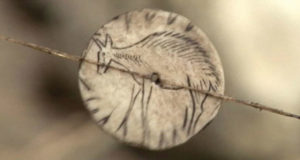 Youngsters have probably been playing their way into cultural competence for at least tens of thousands of years. So why are signs of children largely absent from the archaeological record?
Youngsters have probably been playing their way into cultural competence for at least tens of thousands of years. So why are signs of children largely absent from the archaeological record?
